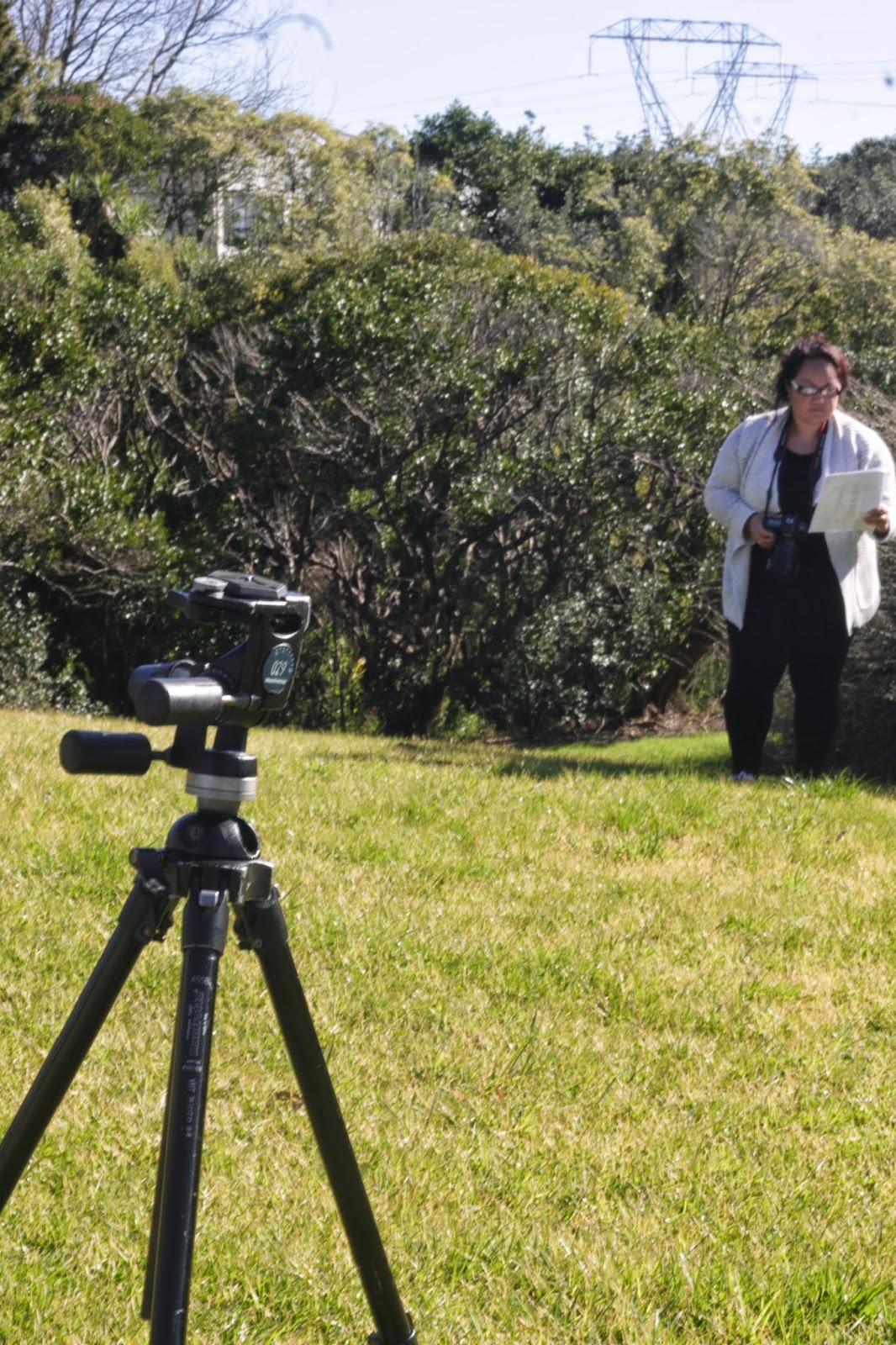Week 2
Aperture controls the area over which light can enter your camera.More light f/1.4 = Shallow Depth of Field (narrow)
Less light f/22 = Greater Depth of Field (wide)
(The Depth of field is the area of the image that is in focus)
Our task in class was to take a photograph with three elements: one in the foreground close to the camera, one in the middle ground and one in the background. Focus on the element in the foreground. Shoot this scene with the lowest aperture your lens will allow, then F/8 and then F/22.
I chose the tripod to be in the foreground, the model to be in the middle ground and the trees to be in the background
 |
| Aperture: f/1.8, Shutter speed:1/2500, ISO: 100 |
 |
| Aperture: f/8.0, Shutter speed: 1/125, ISO: 100 |
 |
| Aperture: f/22, Shutter speed: 1/120, ISO: 100 |
These photos are examples of fore, mid and background -
 |
| f/5.6, 1/50, ISO 100 |
 |
| f/22, 1/13, ISO 100 |
Comments
Post a Comment